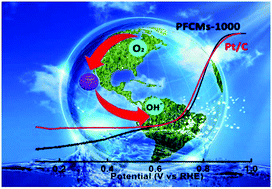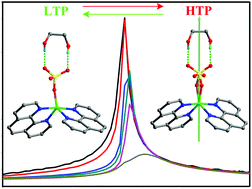This July the 68th conference of the Japan Society of Coordination Chemistry (JSCC) was held at Sendai International Centre, co-organised by The Chemical Society of Japan (CSJ). The event was a huge success, featuring over 200 talks in both English and Japanese spread over six sessions as well as almost 300 posters.
RSC’s Editorial Development Manager for Japan, Hiromitsu Urakami and Dalton Transactions‘ Deputy Editor, Mike Andrews, were on-hand to award RSC poster prizes for the best student poster presentations.
 |
The Inorganic Chemistry Frontiers award went to Aoyama Tomokazu of Tokyo Metropolitan University for his poster:
水素生成を目指した新規水溶性超分子システムの調製と触媒機能 (Preparation and catalytic activity of a novel water-soluble supramolecular system aimed at hydrogen production) Aoyama Tomokazu (right) receiving his award from Mike Andrews (centre) and Hiro Urakami (left) |
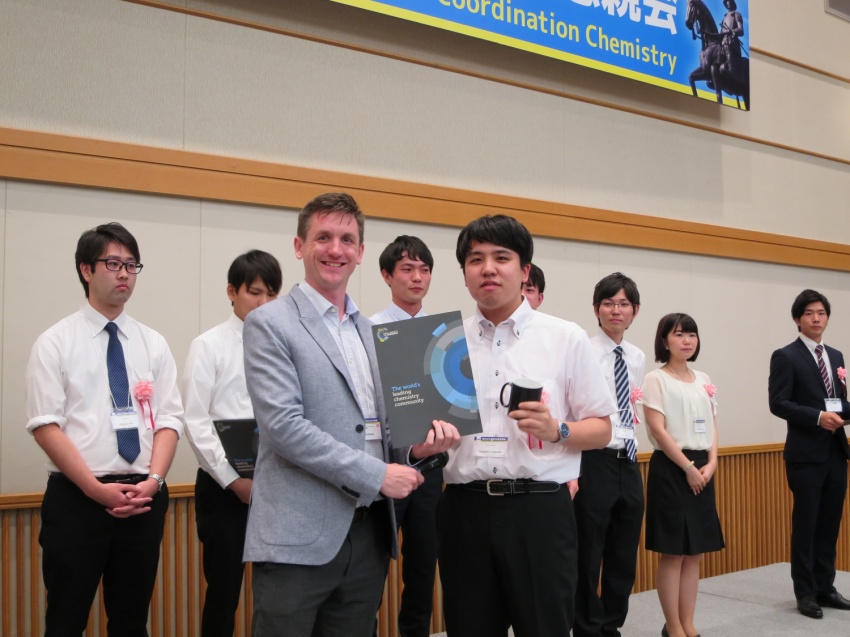 |
The CrystEngComm award went to Tomohiro Fujimoto of Osaka University, for his poster:
オスミウム錯体を触媒とするアルケンの1,2-アミノアルコール化反応における反応活性種の同定と反応性 (Identification and Reactivity of Active Species in the 1,2-Aminohydroxylation of Alkenes Catalyzed by an Osmium Complex) Tomohiro Fujimoto (right) receiving his award from Mike Andrews (left) |
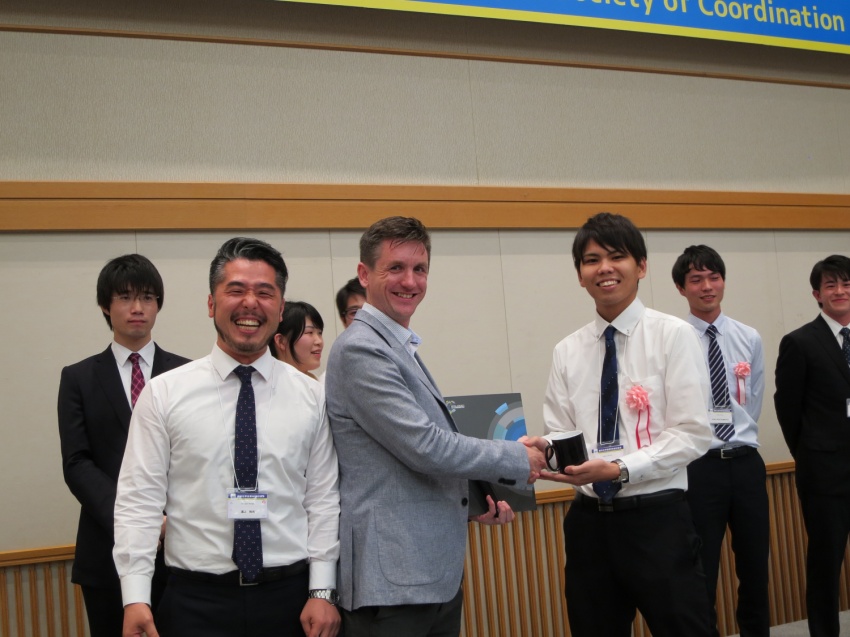 |
The Dalton Transactions award went to Yuta Ohtsubo of Kyushu University, for his poster:
多孔性金属錯体を利用した水素分子の核スピン変換の促進 (Promotion of nuclear spin conversion of molecular hydrogen using a porous metal complex) Yuto Ohtsubo (right) receiving his award from Mike Andrews (centre) and Hiro Urakami (left) |
The winners were given a journal certificate and a colour changing RSC mug! Inorganic Chemistry Frontiers poster prize winer and oral presentation prize winner were given 0ne year free subscription of Inorganic Chemstry Frontiers as well.
The RSC offers its hearty congratulations to all the winners!


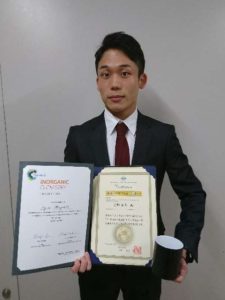









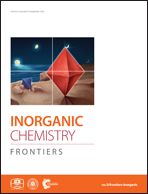 The front cover story,
The front cover story, 